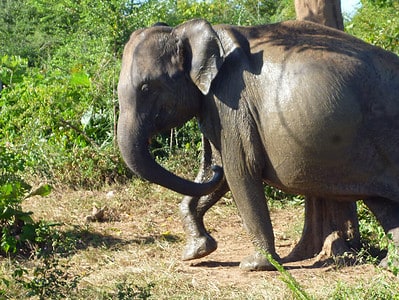Internal fertilization is when fertilization occurs inside the female body.
What is Internal Fertilization?
The process of internal fertilization occurs when two organisms engage in sexual reproduction that results in combining a sperm cell with an egg inside of the female body. The vast majority of animals that engage in these practices are mammals that live on land.
This action requires some method of introducing the sperm from the male to the female. Several ways exist for fertilization to occur. The most common techniques include:
- Copulation, the insertion of an external reproductive organ, such as a penis, into the vagina. Humans use this method.
- Spermatophores, when a male introduces a sperm ampoule into a female organism’s cloaca. Some reptiles, arachnids, and other creatures utilize this method.
- Cloacal kiss, when a male and female organism presses their cloacae together to introduce sperm into the female’s body. Dinosaurs used this method to reproduce, and birds use the method in the modern day.
Although each of these methods transfers sperm into the female’s body, they do not all have the same outcome. For example, after a male introduces his sperm to a female, the female lays an egg with an embryo inside. This embryo matures and then hatches later. Meanwhile, humans give birth to live young after about 40 weeks following the growth and development of the embryo.
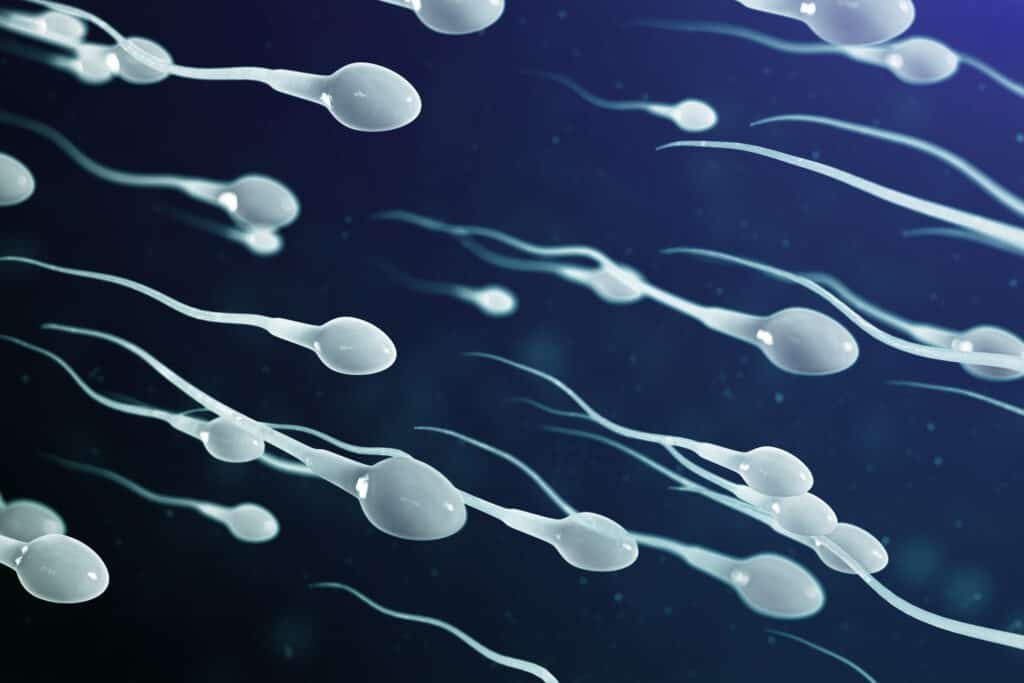
Mammals release sperm during copulation, and they fertilize eggs.
©iStock.com/Rost-9D
What Are 10 Animals That Take Part in Internal Fertilization?
A variety of animals use at least one of the aforementioned techniques to unite sperm cells with an egg inside of the female’s body. Here is a list of some animals that utilize this form of reproduction:
Each of these creatures engages in this fertilization process, but many others exist in the world as well.
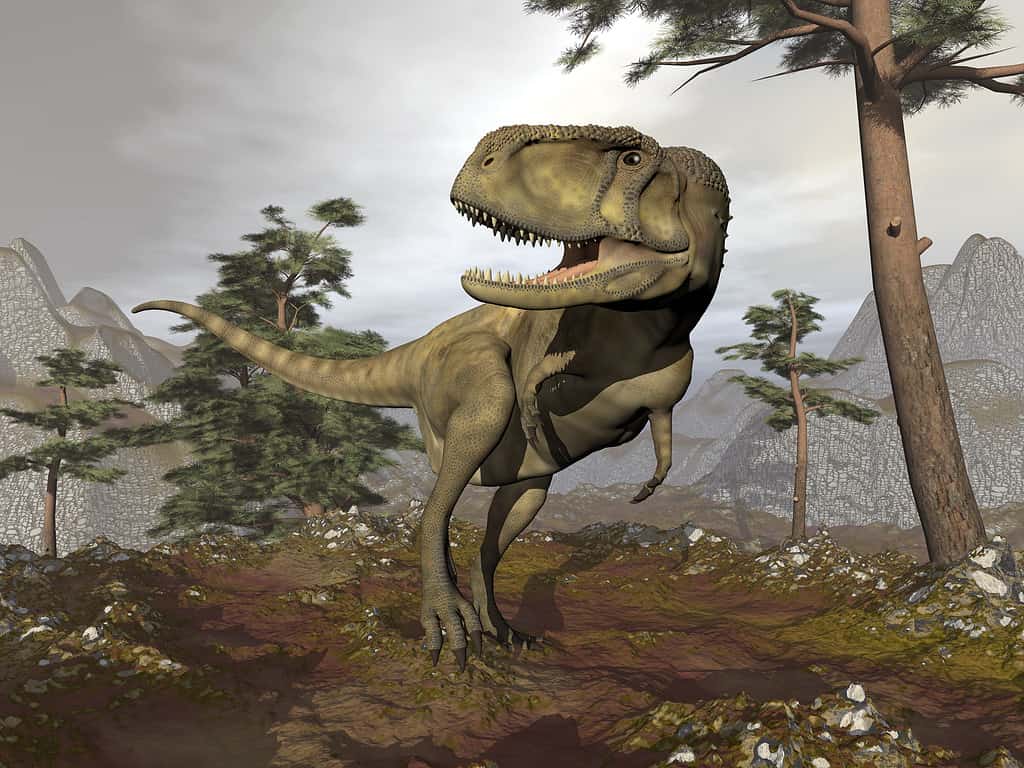
Dinosaurs used a cloacal kiss to pass genetic material.
©iStock.com/Elenarts108
How Are Offspring Produced from the Female?
Following internal fertilization, the egg or offspring continues to grow inside the body. At some point, the offspring must come out of the female’s body. Animals that engage in this process produce their offspring from their bodies in several ways including the following.
Viviparity
Viviparity is the type of reproduction common to almost all mammals. The fertilized egg continues to grow within the female’s reproductive system. Once it has reached a certain level of maturity, the offspring is most expelled from the female’s body. In humans and other mammals, the birth process occurs by passing the offspring through the vagina.
Oviparity
In oviparity, the female expels a fertilized egg in which the offspring continues to develop using the egg’s yolk for nourishment. After the offspring matures, the organism hatches from the egg. Turkeys take part in this sort of reproduction.
Ovoviviparity
In ovoviviparity, the egg stays inside the female’s body and matures. The eggs either hatch inside the female’s body just before birth or during the birthing process. Garter snakes utilize this form of reproduction.
Animals that rely on internal fertilization demonstrate a wide array of different methods to reproduce.
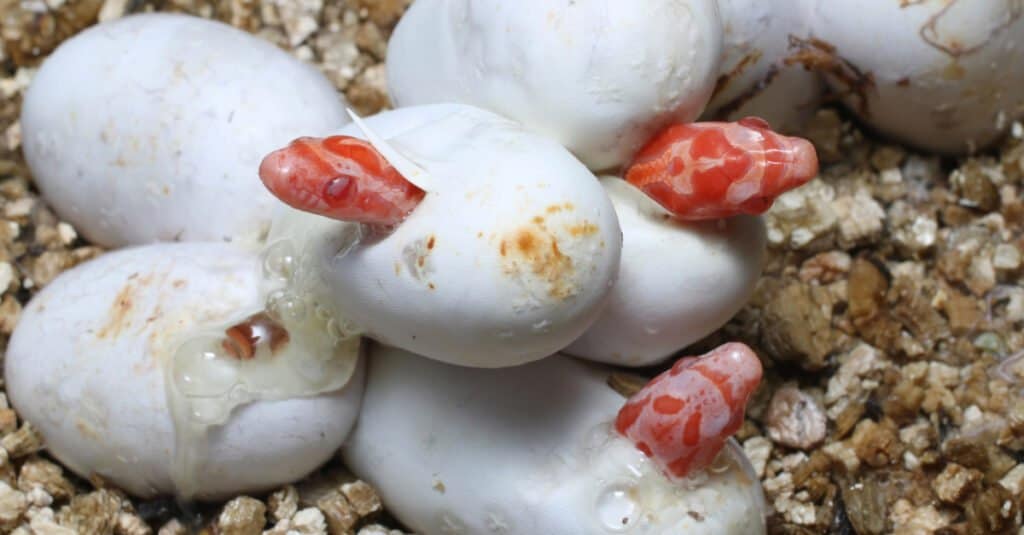
Some snakes use oviparity while others use ovoviviparity during the reproduction period.
©Dan Olsen/Shutterstock.com
What Are the Benefits and Drawbacks of Internal Fertilization?
Internal fertilization has remained a significant mode of reproduction in modern organisms because it provides several advantages over other models. Some of the reasons that this type of reproduction has continued are:
- The female can decide when the eggs are fertilized.
- The female has more control over the choice of reproductive mates.
- Internal fertilization provides better protection for the offspring, either inside the mother’s body or in an egg that is watched over by one or both parents.
Of course, this type of reproduction is not perfect, so it has a few drawbacks. These include:
- Birthing live young or laying eggs can cause physical harm, including death, to the mother.
- Pregnancy can result in significant strain on the heart and circulatory system.
- Fertilization requires a mate at a specific location and time.
- The number of offspring produced using this method is lower than those seen in animals that engage in external fertilization.
While challenging, these drawbacks do not outweigh the positives that species obtain from fertilizing internally.
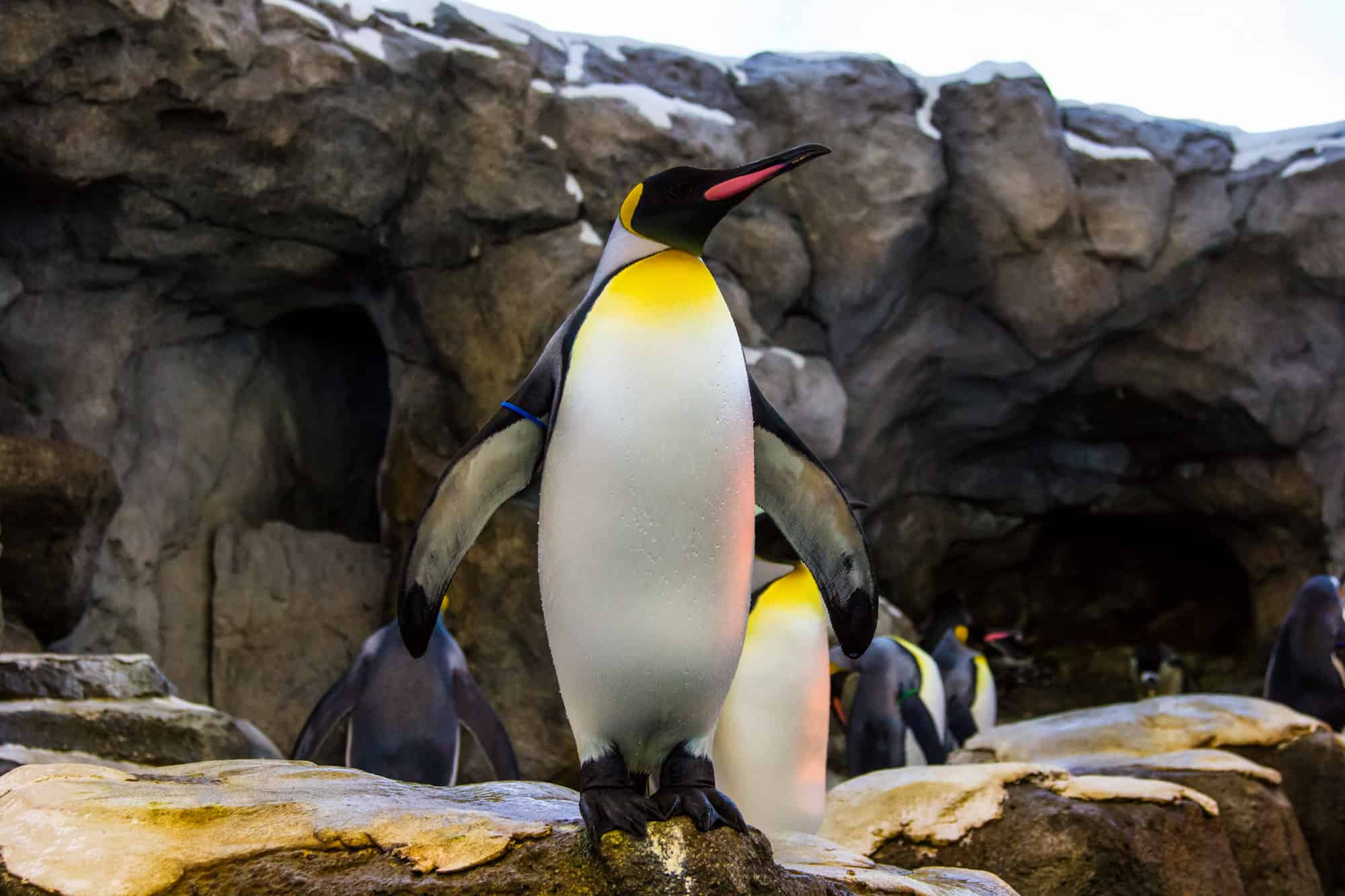
Animals that use internal fertilization can protect their offspring throughout their development and youth.
©Alex JW Robinson/Shutterstock.com
What is External Fertilization?
In contrast to internal fertilization, external fertilization is a form of reproduction where sperm fertilizes an egg outside of the body. For example, salmon are a type of fish that use this method. The female will build a nest in a spawning area and then lay their eggs. The males that win the mating rights against others will then release a cloud of sperm over the eggs, fertilizing them. Typically, the males die soon after releasing their sperm while the females can linger for upwards of a week or two. They will guard the spawning area until they die.
External fertilization comes with a few benefits for the species as well. For example, they tend to produce greater numbers of offspring. Also, the species can see a greater degree of genetic variety from breeding. Still, the process is not perfect since a lot of the gametes are simply wasted without fertilizing and the eggs that remain are more easily preyed upon.
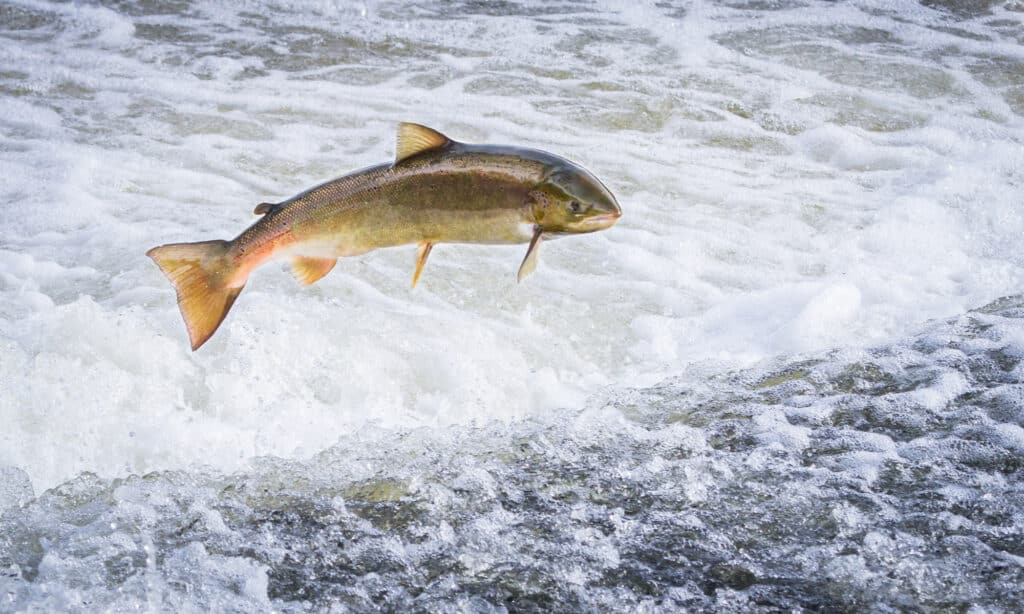
Salmon use external fertilization to reproduce.
©Kevin Wells Photography/Shutterstock.com



